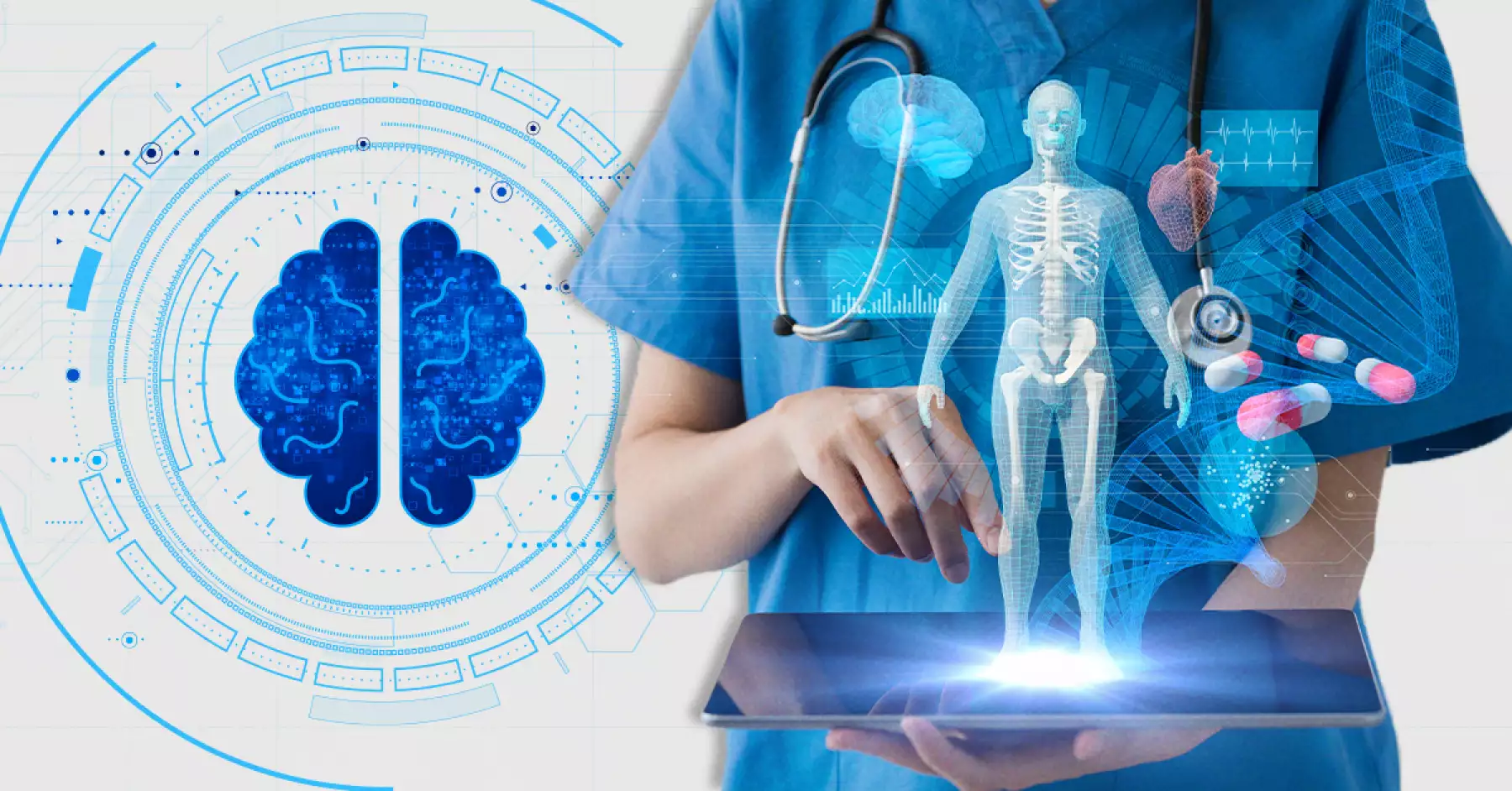AI can help you understand your diseases and care for them better
Adhanom himself also said that they have an influence on the relationship of patients with their health, as it allows them to exercise greater control in their medical care and even understand the evolution of their needs.
“They could facilitate access to health services in resource-poor countries and rural communities, where patients often have difficulty accessing health agents or medical staff.”
Ignacio Alonso, director of operations at Moneyfi Technologies, the company that developed the Datium application, which works from a database that patients voluntarily provide to build different experiences and medical cases that can be used in both the private and public sectors, agrees.
Alonso emphasizes the fact that patients provide their information with knowledge and under the premise that there will be no risk of unauthorized sale, in addition to the fact that this helps to avoid biased or non-transparent data, something that would affect the diagnoses it produces.
To participate in this application, patients must fill out a series of forms directed by chatbots in which they must register and answer questions about their ailments or conditions, ranging from the general to the particular.
The information is then processed to determine group or population health problems. This can have an impact at the government level, as there is the possibility that they can be used to generate public policies based on the samples.
Medical AI has limitations and privacy concerns
Although the WHO has accepted its use, this diagnostic technology has limitations, mentions Alonso, since data processing takes between nine and 12 months to reach an interpretation, as well as an interrelation of the contents and the generation of answers.
To put it into practice in the best possible way, physicians must also undergo ongoing training programs, although in this sense the tool also helps, as it has clinical cases that consist of several parts, such as presentation, treatment and conclusions, to be used as simulation exercises.
On the other hand, the WHO points out that one of the principles for ensuring that AI is used in the public interest is that designers comply “with regulatory requirements for safety, accuracy and efficacy for well-defined indications or uses. Quality control measures should be put in place to monitor quality in practice and improve quality in the use of AI.”
In this regard, Alonso recommends that when working with these types of tools, first, people’s data should be encrypted so that third parties do not have access to them. And the second part of the challenge is that no one can identify the users, so they must be ańonimos, that is, only be associated to a number and not to a person.
It is worth mentioning that Datium is not the only example of the use of AI in the medical area in Mexico. At the Luis Sánchez Bulnes hospital, Microsoft and the Asociación para Evitar la Ceguera generated an algorithm based on this technology to more accurately detect blindness in newborns by means of a photograph of the back of the eye.
John Montgomery, corporate vice-president of Microsoft’s AI platform, explained to Expansión that more than 6,000 images were used to train the algorithm, which achieved 85% effectiveness, compared to 60% for humans, and is used to prevent blindness in babies.
Hospital figures highlight that every day 12 children lose their vision due to late diagnosis of retinopathy of prematurity, so Montgomery pointed out that “these are things that AI changes drastically to make them more affordable”.



